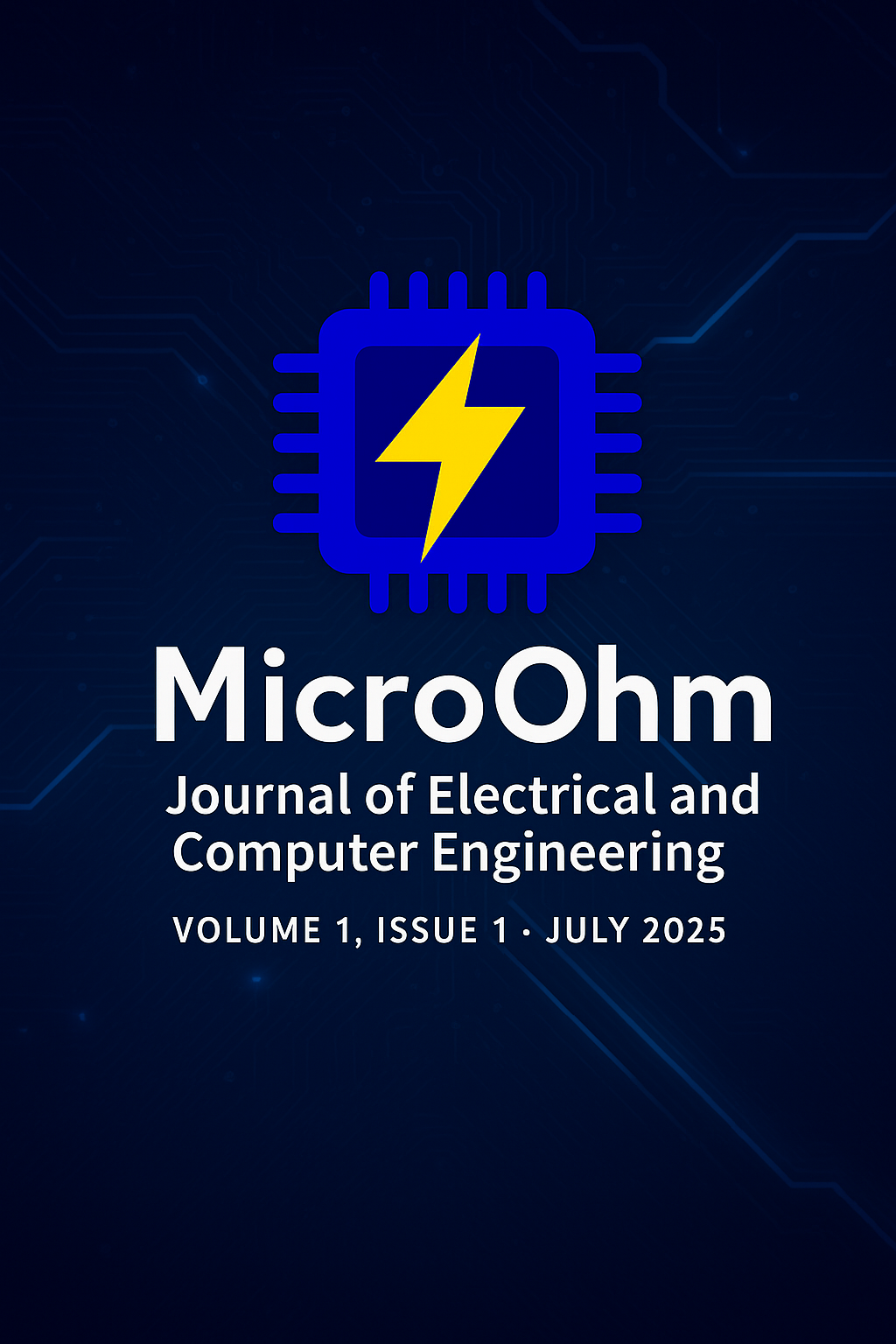Customer Queue Simulation in a Restaurant Using Web-Based Monte Carlo Method
Keywords:
Monte Carlo, Restaurant, Simulation, QueueAbstract
Modeling and simulation have become important tools in various fields for understanding and optimizing complex systems. In the modern era, advances in information technology and computing offer significant opportunities to apply modeling and simulation more effectively. One area where modeling and simulation can be applied is in the food industry, particularly in addressing queuing issues. Long queues in the context of buying and selling often result in losses for business owners. Restaurants, in particular, often face significant queueing challenges. To address this, simulations are needed to help improve the efficiency and effectiveness of customer service in restaurants. This research aims to design and develop a Food and Beverage Ordering Information System that can help manage transactions and sales reports digitally in a restaurant or cafeteria environment. This simulation uses the Monte Carlo method. Analysis shows that the application of Monte Carlo simulation to restaurant queuing systems can improve service efficiency, particularly in reducing customer waiting times and optimizing the use of service resources. Through testing several queue structure models namely single channel-single phase, single channel-multi phase, and multi-channel-multi phase with a software engineering approach, starting from system requirements analysis, design modification, to queue structure design. The application was tested using the blackbox testing method. The test results showed that all main features, such as login, add menu, transaction, and print report, functioned properly as expected and could handle both valid and invalid inputs correctly.




